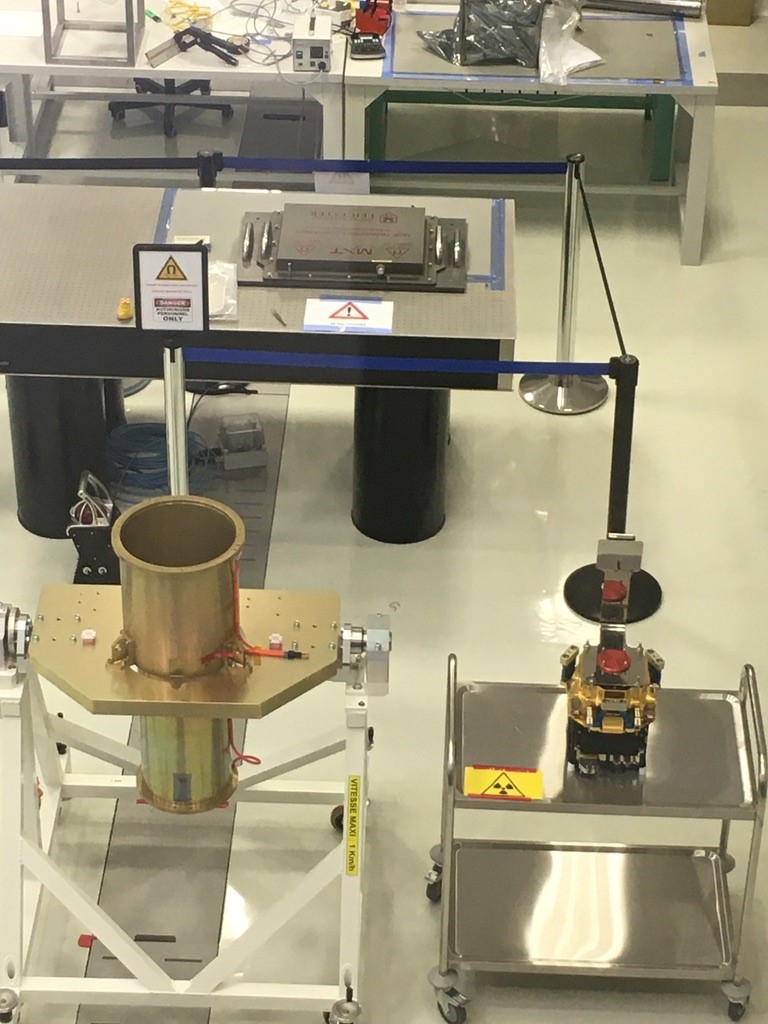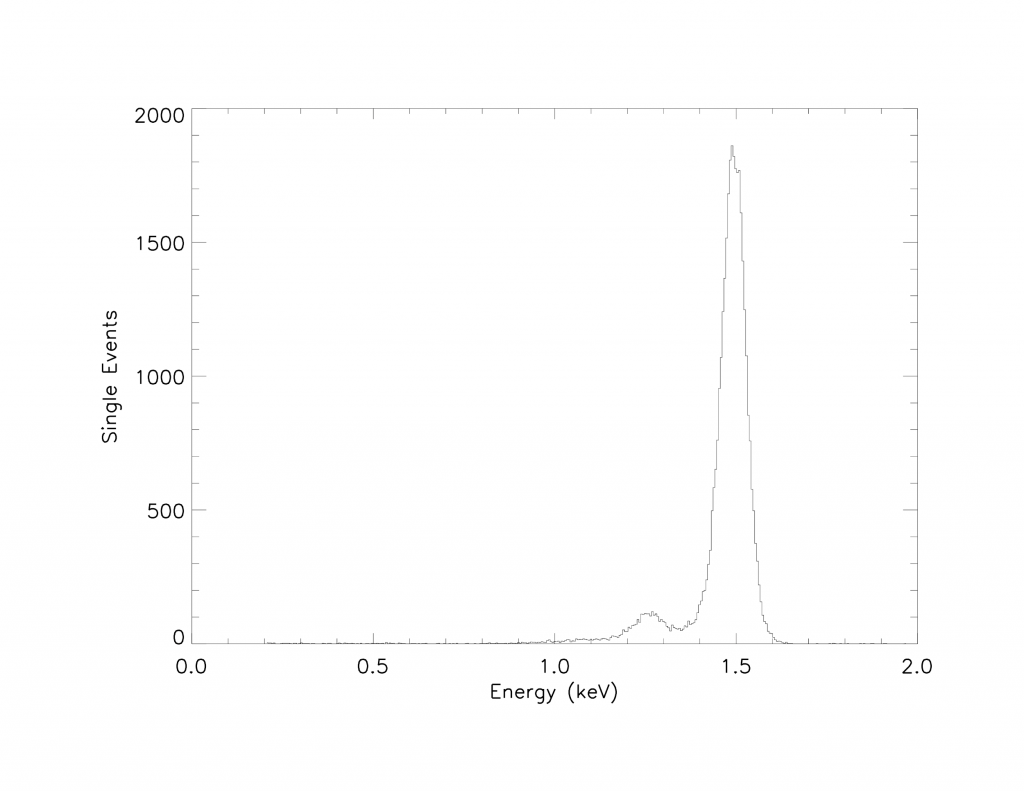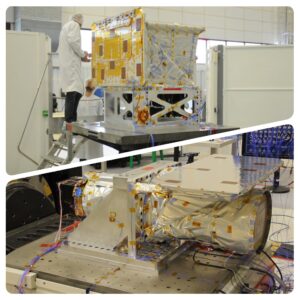The MXT Performance Model successfully tested at MPE Panter X-ray beam facility
A campaign dedicated to the verification and validation of the performance of the different modules (optics, camera, electronics) of SVOM’s MXT telescope has been successfully conducted at the Panter X-ray beam facility located near Munich. The results validate the concept of the MXT instrument and push the MXT project to new steps before its installation on the SVOM satellite platform in 2021.
In February 2020, the MXT teams (CNES, CEA, University of Leicester, MPE and IJCLAb-Orsay, gathered at Panter X-ray testing facility near Munich, in order to perform a full end-to-end test of the MXT Performance Model. The telescope, composed by the optics qualification model (QM), the camera performance model (PM) had been integrated at CNES Toulouse and shipped to Panter at the end of January. All the elements were flight representative in terms of performance (except for the focal length, that is slightly shorter than the flight model one) and allowed to validate for the first time a complete system composed of a “Lobster-Eye” telescope in a narrow field configuration.

After setting up and validating the thermal environment, the performance tests took place for two weeks, during which scientists and engineers were able to test different aspects of the telescope. 170 science runs have been acquired in order to answer to the planned scientific goals.

The properties of the MXT point spread function (PSF) have been measured at different positions and energies over the entire operational range (0.2-10 keV). At 1.5 keV the PSF FWHM was measured to be 9.6 arc min, with a negligible level of vignetting over the entire field of view.

The Panter tests allowed us also to measure the spectral performance of the telescope over its entire energy range: the MXT camera has confirmed to be a low-noise system with state-of-the-art spectral capabilities. As an example, an Al-K source spectrum is shown (Fig. below). The energy resolution for single events measured at the MXT nominal operating temperature (~-70°C) is 78 eV, smaller than the instrument requirement of 80 eV. We were also able to explore different thermal configurations, and measure their impact on the telescope performance.

The next steps for the MXT telescope are the completion of the flight model sub-systems, their integration and the final end-to-end tests that will take place in Panter in about one year from now, just before shipping the telescope to China for final integration of the SVOM platform.




